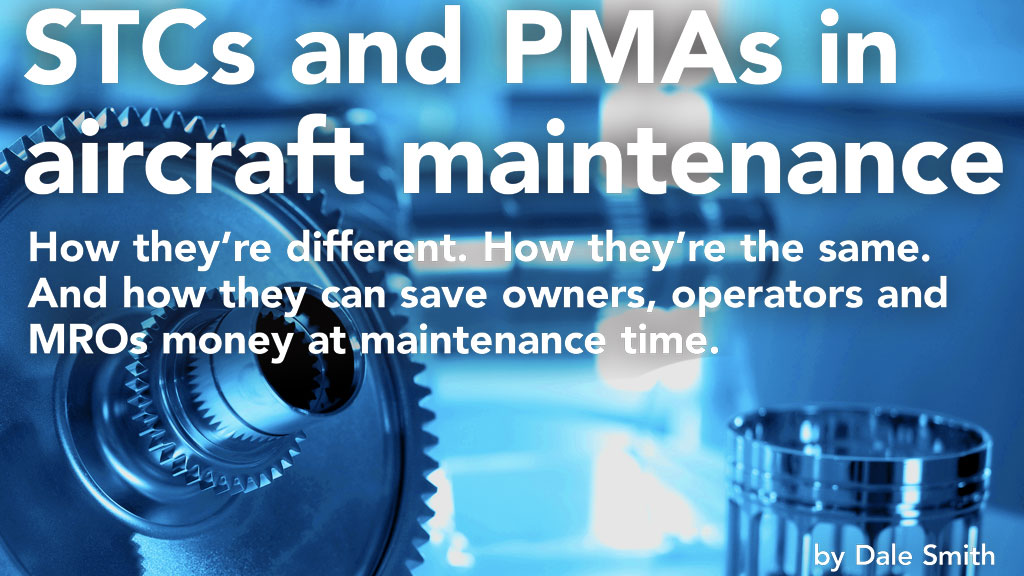How they’re different. How they’re the same. And how they can save owners, operators and MROs money at maintenance time.
Ever since Charles Taylor started turning a wrench on the Wright Flyer, aviation has been an industry built on rules and regulations. The problem is, way too many of the “Regs” are written by administrators who don’t have to understand them. But we do.
Take Parts Manufacturer Approvals (PMAs) and Supplemental Type Certificates (STCs) for example. Understanding the role each plays in aircraft maintenance may seem pretty simple, but yet, there are still technicians who get confused about when they need and STC and when it’s okay to use a PMA part – and when the two can be used together.
“A Supplemental Type Certificate is an approval for a major alteration to a type certified product, i.e., an aircraft,” explained Ken Farsi, Managing Partner and President of Aerospace Design & Compliance, LLC and an FAA ODA. “PMAs are a form of FAA production approval for replacement parts, although even the TC holder can PMA parts during the TC process.”
“One thing to note is that an STC being a type design approval for a major alteration and specific to a make and model or even a specific serial number as a one-only STC, a PMA part can be used, not only on the aircraft the approval was issued for, but also on any aircraft as long as an engineering evaluation is conducted to assure that the part does the same function on that aircraft,” he said. “Of course, additional installation drawings and substantiations may also be required.”
“For example, say you get a part that has been PMA’d for installation in a Boeing 737-800 – this does not mean you cannot use it on another model aircraft,” Farsi stated. “You or your engineer must first assure the part can be used on the new model. The PMA includes the type design data, manufacturing and quality control of the part(s) in one approval. Another thing to remember is that multiple-use STCs are one way of receiving PMA for parts. The other way is through testing and computation.”
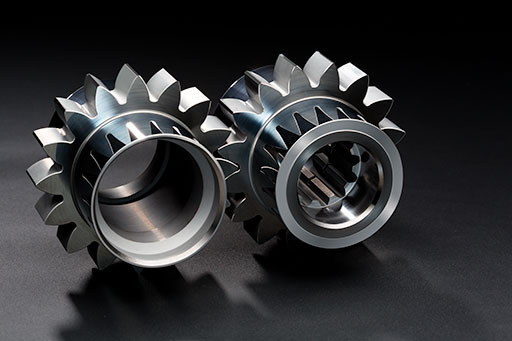
Of course, these are FAA regulations, and the word “manufacture” can muddy the waters just a bit especially when it’s “manufacture for use versus manufacture for sale.”
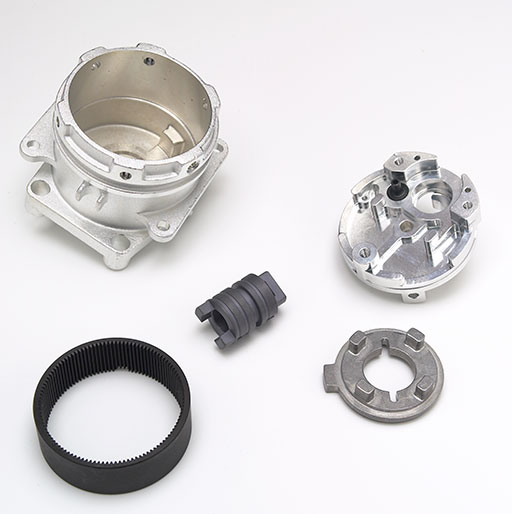
“An STC is a design approval, it doesn’t allow the holder to produce anything. To make replacement or modification parts, you have to have to hold a production approval like a PMA. However, Section 21.9 of the FAA regulations allows an owner/operator to make replacement or modification parts for its own aircraft in the same way a maintenance provider can fabricate parts for maintenance or alteration activities,” stated Sarah MacLeod, Executive Director of the Aeronautical Repair Station Association (ARSA). “In the case of a PMA, you are receiving design, production and eligibility for installation all in one approval package: that authority can be based upon design data contained in an STC.”
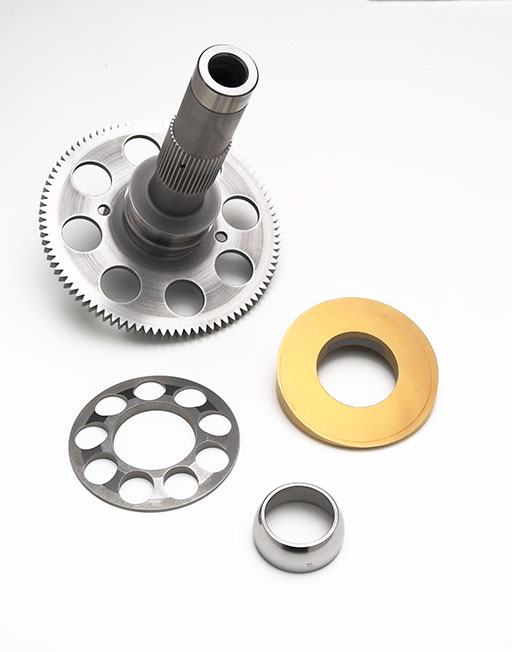
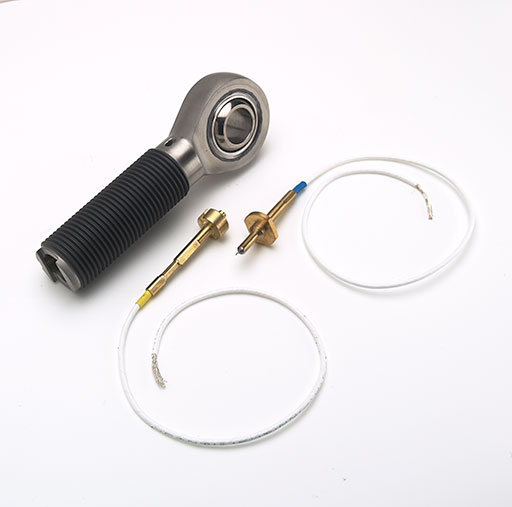
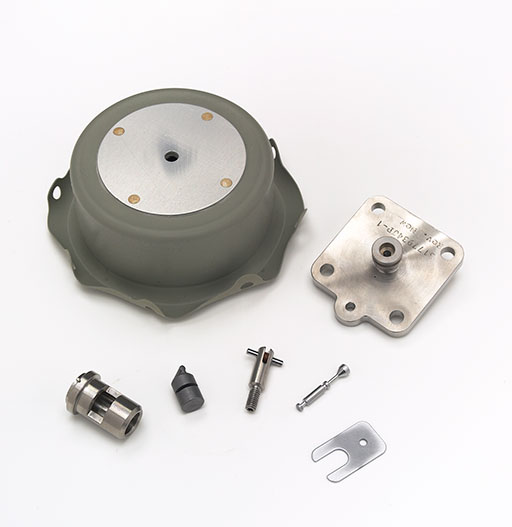
“It’s all spelled out in the regulations – and, one of the primary roles of an aircraft maintenance technician is to know those rules,” she said. “Unfortunately, in most cases the industry learned regulatory compliance through ‘tribal knowledge’ as opposed to taking time to study and understand the written words. Constantly reading and re-reading the regulation sure would save a technician lot of headaches and confusion.”
If All Else Fails, Read the Damn Rules…
One added bit of caution Ms. MacLeod shared was that even when an owner/operator has a major modification done to their aircraft through an STC, their responsibility for knowing the rules does not end there.
“As the owner/operator I can use an authorized repair station to ‘produce’ parts using the STC design data with no problem,” she said. “But, when I sell that airplane and the next owner needs to replace a part in that modified product, they can run into a problem especially if the STC’d components no longer exist or have changed. Then where do I get the replacement parts?”
“If you don’t have the approved design data for those components, there may be a need to obtain further engineering expertise,” Ms. MacLeod said. “Most owners don’t think to ask for access to the design data as part of the STC package, but they should.”
“If the company selling and installing that STC on your airplane won’t provide continued access to the design information package, then go look for another provider,” she said. “You are paying a lot of money for that STC and the way to ensure long-term value is to have access to all the data necessary for its ongoing support. You need to know what parts and materials may be compatible with the original installation without having to re-engineer the entire thing.”
“Remember, the STC holder is getting paid to do this work,” Ms. MacLeod stressed. “They’re not giving anything away. You are paying for it up front and you need to protect yourself from a loss down the road.”
Myth Busters: STCs are Good – PMAs are Bad
While aircraft type and production certificate (TC/PC) holders may try to argue the point, it’s pretty well established that STCs are good for aviation. They enable the STC developers and holders to offer significant performance and often maintenance advancements to a long list of aircraft types by making investments that the TC/PC holders may be reluctant to take on. This is particularly true to older aircraft types or when a small number of aircraft are involved.
From putting more powerful and efficient engines on a legacy airframe, to installing more advanced, safety-enhancing avionics, to doing a passenger-to-freighter conversions – these types of programs have a history of making legacy airplanes, safer, faster, easier to maintain and more cost-effective to own and operate. A win-win for everyone.
But, speaking of history, ever since the Civil Air Regulation (CAR) 1.55 was issued some 60-years ago, parts created under PMA have suffered from a serious identity crisis. TC holders continue to cry foul because they believe that these replacement parts are nothing but copies of the originals.
On one hand they are right: The FAA requires that a PMA have the same form and fit as the part it is intended to, well, replace. But that’s not to say that the PMAers are just “Xeroxing” other company’s parts.
Whether it’s a simple (are any parts used on airplanes simple?) bolt or a very precise turbine engine blade, today’s FAA-approved PMA holders invest countless dollars and thousands of hours of engineering and testing to design and produce the parts they create. These are not knock-offs. They are direct form, fit and functional replacements and in the eyes of the FAA are no different than the parts offered by the original TC/PC holder.
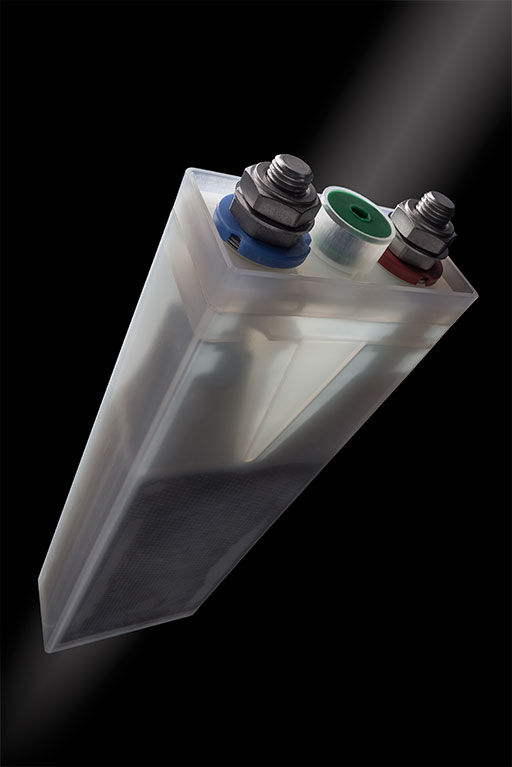

But that doesn’t mean the airline industry, and in many cases
the leasing companies, still don’t cast a watchful eye out for the use of PMA parts on their aircraft.
“Due to the market acceptance issues, which stem from the limitation they themselves impose on airlines, the leasing companies and financial providers believe that any non-OEM solution, whether they be PMA, STC or an out-of-manual repair – any of these are determined to be detrimental to the value of the aircraft compared to an OEM provided solution,” explained Nadim Fattaleh, Vice President of Operations for Jet Parts Engineering. “Even though that is not true, that belief requires airlines not to use non-OEM licensed solutions even though it will save the airline money.”
Monopolies and Maintenance Don’t Mix
“The more OEMs and leasing companies structure these types of restrictive contracts, the more we see the airline operators coming to us to create this counter-monopoly force so to speak,” he said. “Monopolies are not good for anyone. Competition is what makes all better.”
“But that is changing. More airlines are now demanding the leasing companies permit them to use these non-OEM licensed parts because of the significant cost savings,” Fattaleh said. “Airlines are not concerned about the residual value of a leased asset. If they use the non-OEM parts, then it forces the OEMs to control the costs of their parts to stay competitive as well as reducing maintenance costs.”
“There is always an economic driving force with PMA, but more recently OEM performance, availability and reliability issues, have driven more airlines to look for an alternate material option,” stated Patrick Markham, VP of Technical Services, HEICO Corporation. “Interestingly, in some cases the OEM’s aggressiveness and attempts to restrict completion are driving some airlines and MROs to think strategically about non-OEM options.”
“We at HEICO, spend a significant amount of our time on education and awareness with our airline and MRO customers,” he continued. “It is particularly fulfilling to get that ‘ah ha’ moment, when an airline realizes that PMA and STC can be used not just to save money, but also to fix OEM reliability and maintenance problems.”
But while we’re on the subject of saving money, just how much can an operator save with FAA PMA parts when it comes maintenance time?
“Because JPE’s solutions are non-OEM licensed, our prices are typically 40- to 50-percent lower than the OEM sanctioned parts and/or repairs,” Fattaleh said. “If we were making OEM-licensed parts, we would have to pay the OEM a fee for each one for as long as we create that product. We feel it’s in ours, and our customers,’ best interest to invest in our own engineering to create our own solutions.
In his paper titled “The Airline Guide to PMA,” David Doll wrote, “One leading PMA supplier estimates that they can save a customer up to $130,000 on a single engine overhaul, and there are many PMA suppliers. A single airline in the US has documented $40 million in material cost savings per year due to an aggressive PMA approval program that covers airframes, engines, and components.”
Doll also wrote, “The savings from PMA may go far beyond the PMA discount itself. Historically, the OEMs have held a strong monopoly on the sale of replacement parts. This has allowed them to push through spare part price increases on the order of 5% per year. According to AeroStrategy, competition from PMA has had a tendency to moderate this rate of growth. PMA provides operators with a useful tool, along with surplus parts, extensive part repairs, and joint procurement to counter the OEM pricing power and reduce the rate of price escalation,” he stated.
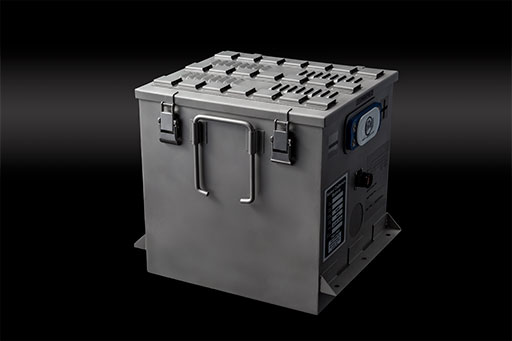
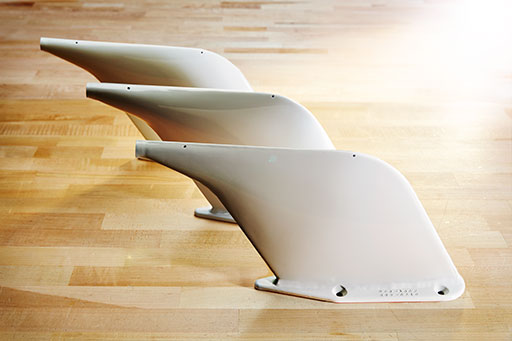
a 21st century look at PMAs and STCs and make them a part of their
business strategies.
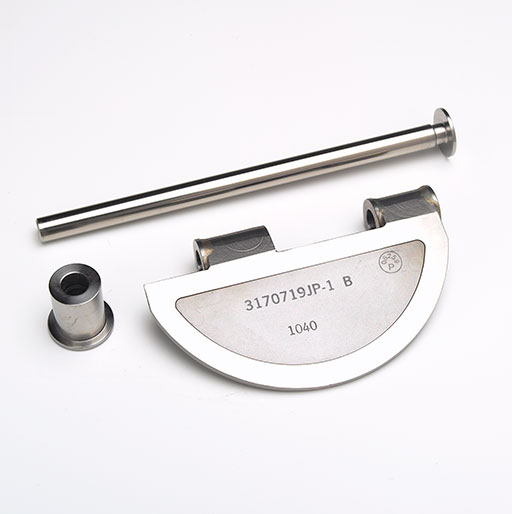
Another way at looking at how using PMAs and STCs can help owner/operators save money – big money – is as Messrs.’ Fattaleh and Markham stated, by creating and sustaining competition between the OEMs and the various non-OEM licensed solution providers. If an aircraft OEM has a required part and is the only one who makes it, the sky’s the proverbial limit when it comes to what price they can put on it. History shows the OEMs take full advantage of this when they can.
An additional consideration is the parts’ availability equation. If there’s only one approved supplier and they, for whatever reason, quit making that part, what are you faced with now? Engineering and manufacturing the parts yourself, which although totally within the rules, takes a lot of time and money.
No, the best solution if for the airlines and leasing companies to take a 21st century look at PMAs and STCs and make them a part of their going-forward strategy.
“If I were a leasing company I would use this strategy as a marketing tool to attract airlines today,” Fattaleh said. “I think it would be a very good business move to get ahead of the curve.”
STCs and PMAs Playing Hard to Get
Just as widening segments of both business and commercial aviation around the world are warming to the ideas of using STCs and/or PMA’d components on their aircraft, the FAA’s shrinking operating budget is acting as a “speed bump” to their ongoing implementation.
“The ‘road block’ I continue to see is the aviation industry going to the agency (FAA) with its hat in its hand saying ‘please help me with my approval,’” Ms. MacLeod said. “As long as it has existed the agency has never helped us on the business side. It helps setting aviation safety standards and rules compliance, but it was not created to help us conduct business.”
“Helping companies complete STC or PMA projects is not the FAA’s priority,” Farsi said. “They’ve made it clear this kind of work is getting diminished priority so companies can expect increasingly long times to get approvals.”
“But, the one thing the FAA has done in the past year or so has been to delegate companies with more internal responsibilities to self-certify their components,” he said. “Sort of like EASA does it. The agencies are now awarding qualified companies and individuals with ODA (Organization Designation Authorization) certifications.”
“There are now ODA’s for specific authorizations like STC and PMA designations,” Farsi said. “The ODA will do the same thing the FAA now does, and can take some pressure off of the FAA regional offices and put it back on the manufacturers. The only drawback is that the ODA costs money, whereas the FAA has always done it for free.”
But as Farsi explained, in today’s world the time saved is often well worth the money spent to speed the approval process.
“I have a client who has been working on a new STC through the FAA and have been waiting seven months for the FAA to assign a pilot to their project,” he stated. “Had they just hired an independent ODA, the project would have been done five months ago. That’s a lot of lost business opportunities.”
